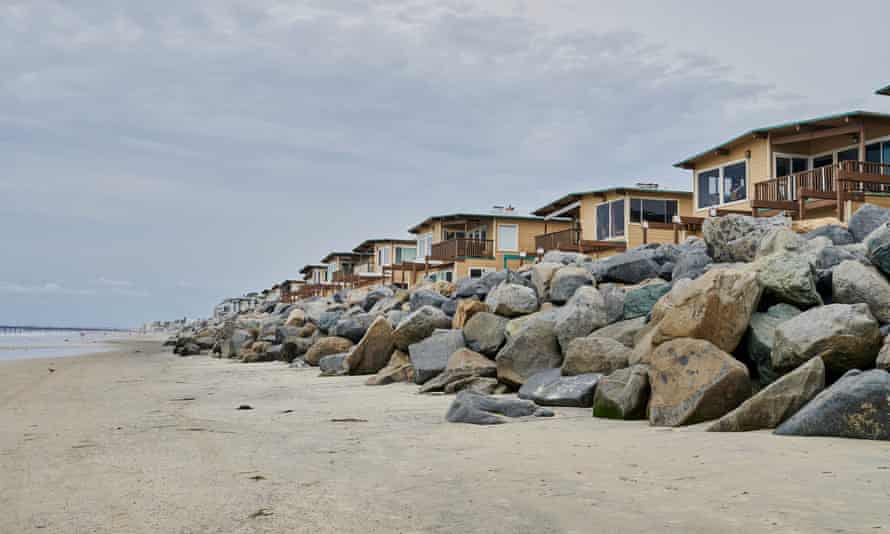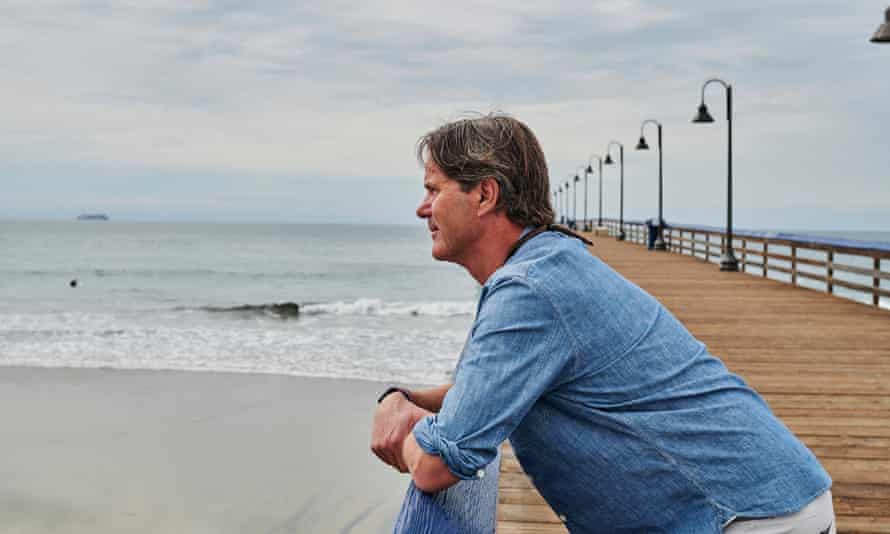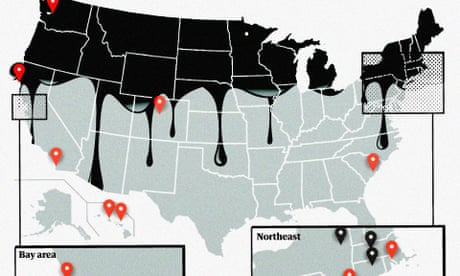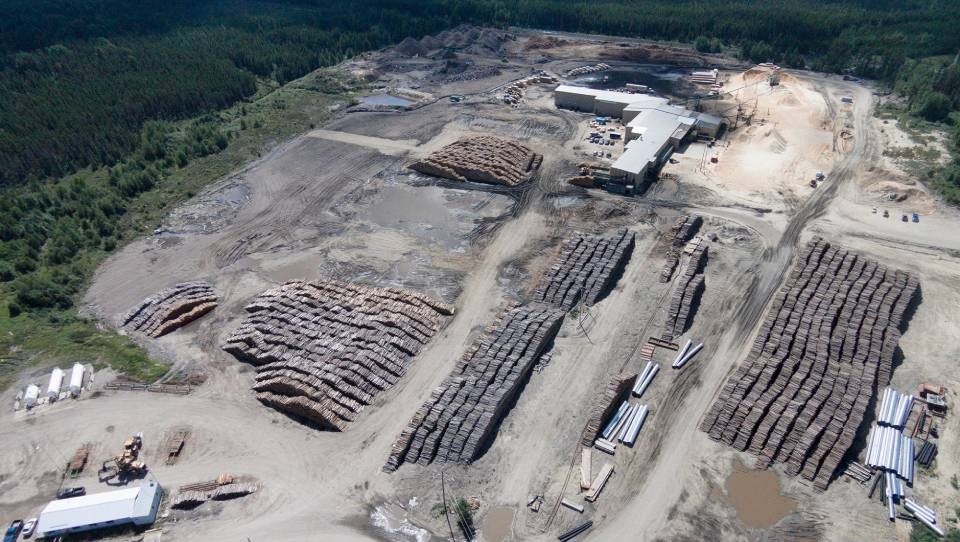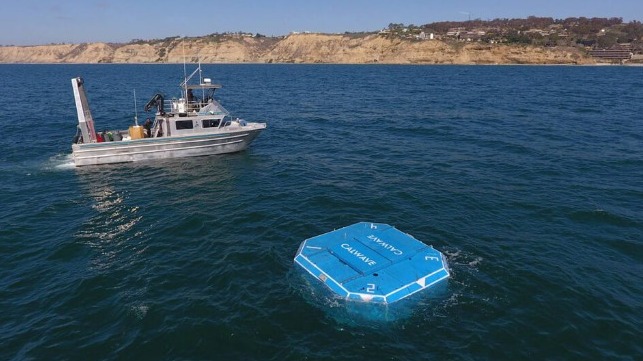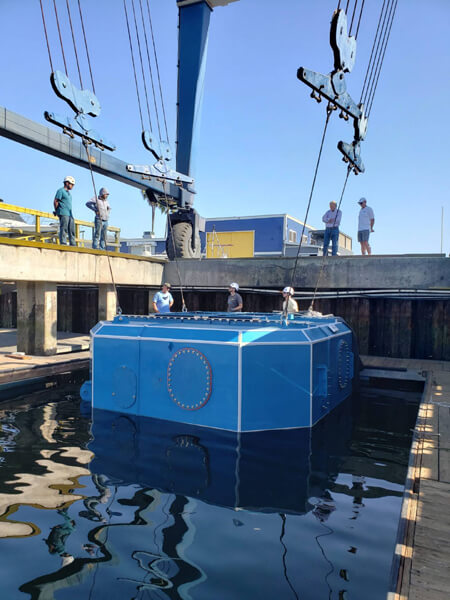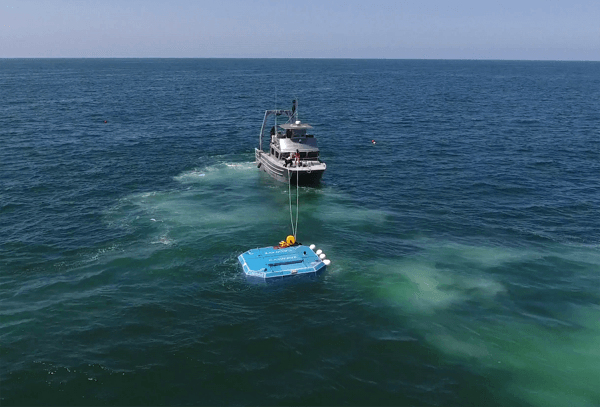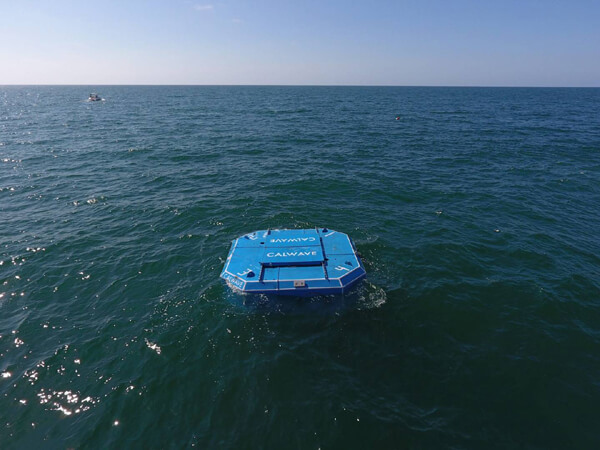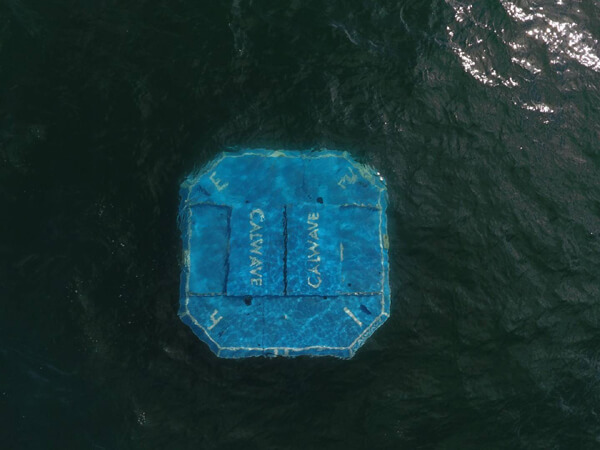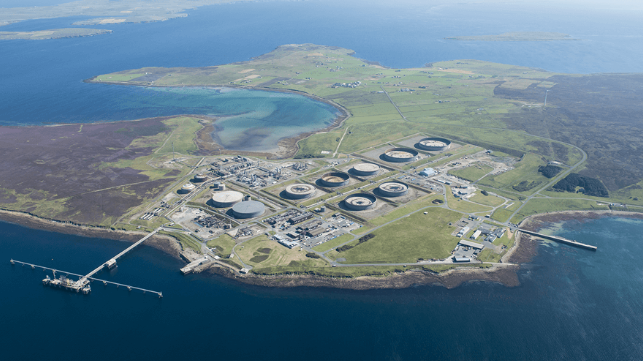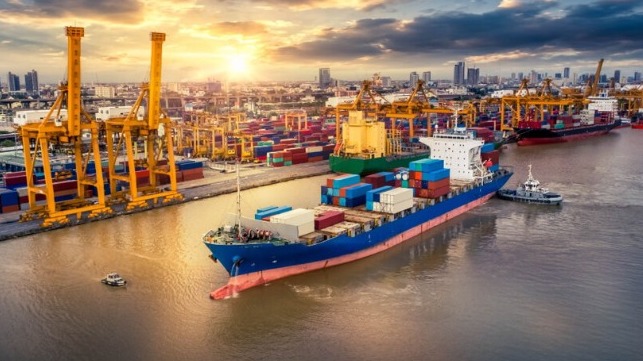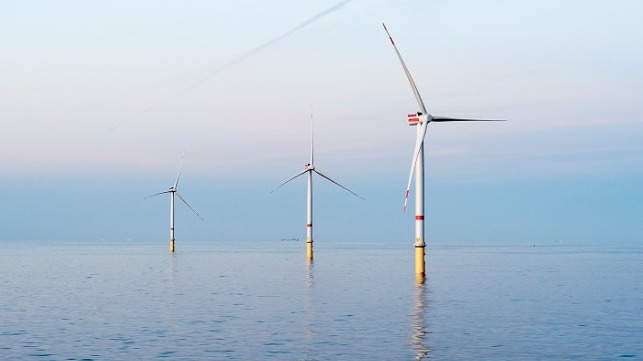CanAlaska Uranium Stakes Historical Uranium Showings
- Near 92 Energy and Baselode Energy Uranium Drillhole Intersections
- Six High-Priority Target Areas Identified Along Major Structures
Vancouver, British Columbia--(Newsfile Corp. - October 14, 2021) - CanAlaska Uranium Ltd. (TSXV: CVV) (OTCQB: CVVUF) (FSE: DH7N) ("CanAlaska" or the "Company") is pleased to announce that compilation work on the Company's newly acquired Geikie project totalling 33,897 hectares in the eastern Athabasca Basin has identified six new uranium targets along 35 kilometres of major structures (figures 1 and 2). The targets are outlined by coincident magnetic breaks and prospective geology offsets just 10 kilometres from 92 Energy's Gemini mineralization (GM) and Baselode Energy's ACKIO and Beckett mineralization, and only 10 kilometres from a major highway.
Figure 1
CanAlaska's Geikie property straddles the extension of a fertile corridor of biotite gneisses hosting the Agip S high-grade uranium showing with up to 49% U and the recent Baselode Energy radioactive intersections near Beckett Lake on the Hook Lake property (Figure 2). The latter appears similar to 92 Energy's GM uranium zone near where Baselode has also intersected elevated radioactivity.
The presence of biotite gneiss, graphitic gneiss and calcsilicate (mafic gneiss) lithologies provides the contrast in rock strength and chemistry to create the pathway for structural disturbance together with the reducing conditions necessary to precipitate uranium. At least two large north-south trending Tabbernor faults interact with and displace these fertile uranium corridors creating ideal conditions for uranium deposits to form.
Several historical uranium showings occur on the property with grades as high as 0.225% U identified (Figure 2). The presence of Athabasca Group sandstone boulders in the project area demonstrates that the Athabasca Basin once covered this area indicating good potential for high-grade basement-hosted unconformity-related uranium deposits to form similar to NexGen's Arrow and Cameco's Eagle Point and Millennium uranium deposits.
CanAlaska CEO, Cory Belyk, comments, "CanAlaska continues to deploy its project generator model in the world's most prolific uranium district. Our team recognized the underexplored opportunity in this region of the eastern Athabasca Basin in conjunction with recent exploration success indicators, and acquired this very large contiguous land position just prior to the recent uranium staking rush. We look forward to working with a new joint venture partner to move this project forward."
Other News
The Company is currently drilling on its West McArthur Joint Venture Project in the 42 Zone discovery area, a joint venture with Cameco Corporation. The Company's other joint venture partner, Denison Mines, is currently drilling on the Moon Lake South project.
About CanAlaska Uranium
CanAlaska Uranium Ltd. (TSXV: CVV) (OTCQB: CVVUF) (FSE: DH7N) holds interests in approximately 300,000 hectares (750,000 acres), in Canada's Athabasca Basin - the "Saudi Arabia of Uranium." CanAlaska's strategic holdings have attracted major international mining companies. CanAlaska is currently working with Cameco and Denison at two of the Company's properties in the Eastern Athabasca Basin. CanAlaska is a project generator positioned for discovery success in the world's richest uranium district. The Company also holds properties prospective for nickel, copper, gold and diamonds. For further information visit www.canalaska.com.
The qualified technical person for this news release is Nathan Bridge, MSc., P.Geo., CanAlaska's Vice President, Exploration.


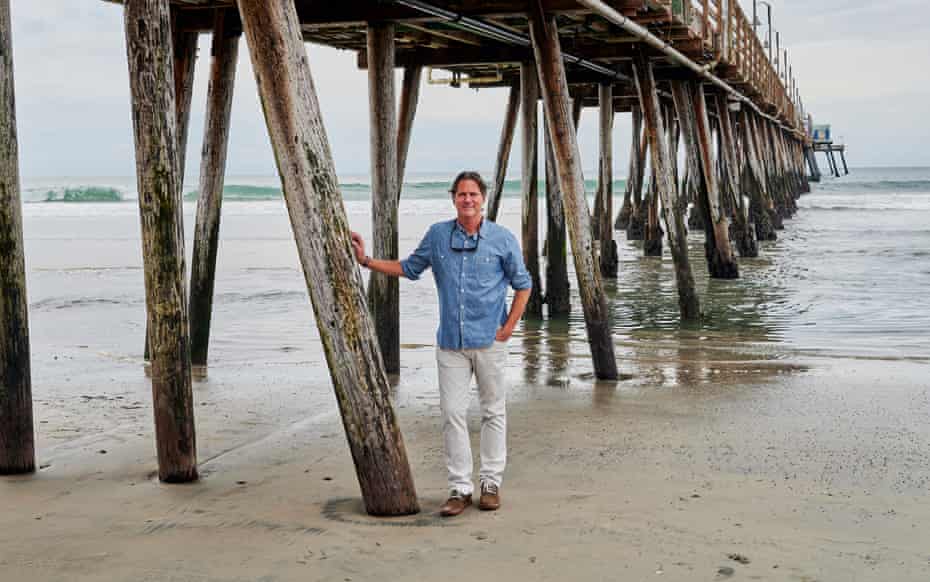
.png)
